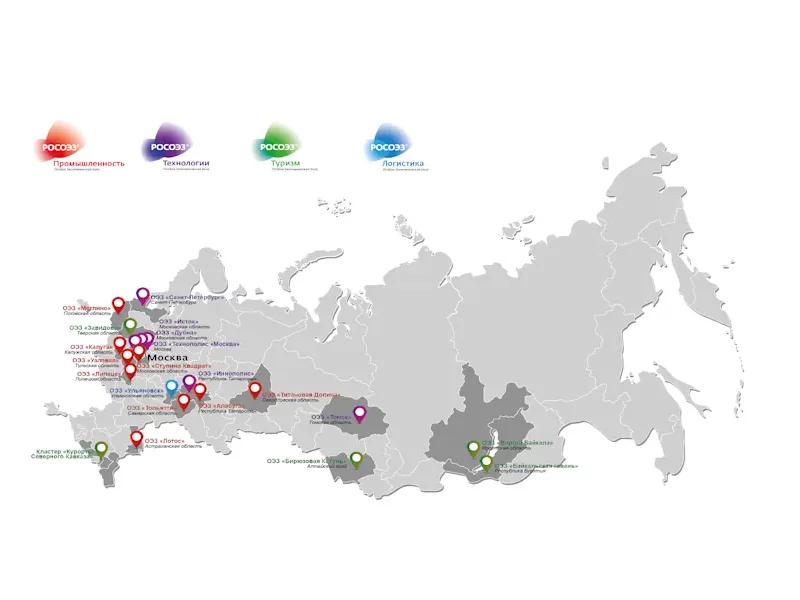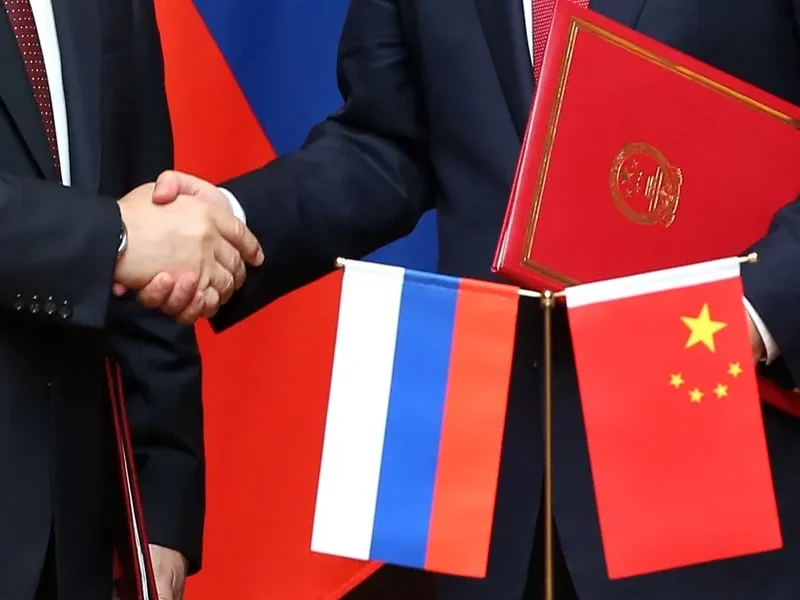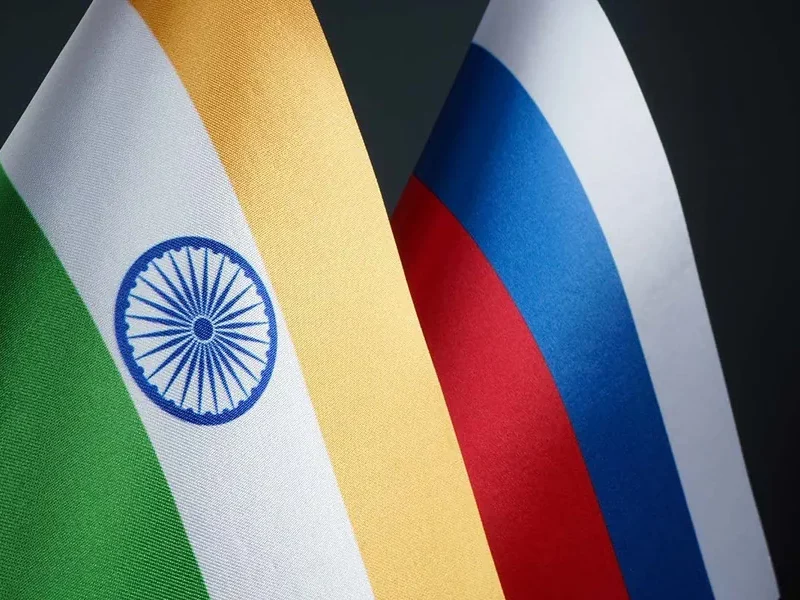The dynamics of gold prices is an important indicator that allows you to track the stability of the global economy. Until now, this metal is considered one of the most reliable options for investing money. Many resort to it during periods of economic instability.
For a long time, gold served as a universal means of payment, which provided a currency of many states.
The notorious “dollar” did not appear by itself — it is just the name of a certain amount of gold (0.048 troy ounces, or XAU). Moving away from this system allowed some countries to turn on the machine and print blank pieces of paper, which never ended well.
The history of gold mining in the world

According to archaeologists, people got acquainted with yellow metal in the Stone Age. It began to be mined simultaneously with iron. Historically, the latter reigned in the industrial and military sphere, while gold reigned in the financial sphere. Without both of these metals, it is impossible to imagine modern civilization.
Before christ
Gold has always been a symbol of wealth, even in children’s fairy tales. In reality, the precious metal has been used since ancient times as a means for exchanging goods or services. Anything had its equivalent in gold.
However, in ancient times it was difficult to weigh the metal at each transaction. Then the states began to mint coins of different denominations and a certain weight. They first appeared in the XII century BC on the territory of modern Turkey — then there was the state of Lydia. It was ruled by the legendary king Croesus, whose name became synonymous with fabulous wealth.
All ancient empires — Egypt, Greece, Ancient Rome — actively mined yellow metal. When conquering a wealthy neighbor, gold reserves fell into the hands of the winner. Both lying in the treasury and hidden in the ground and mining continued. Ancient Rome became a powerful state, among other things, because all the conquered countries gave him their treasures.
Throughout history, the dynamics of gold prices has been unstable. Inflation, financial crises and various scams were as commonplace in the ancient world as they are now. It is difficult to imagine how much gold cost, e.g., in ancient times. After all, it is problematic to find a modern equivalent to the salary of an ancient Roman legionnaire or the cost of a slave on the slave market.
It is only possible to outline some proportions in a marketable form. For example, in ancient Egypt, in exchange for 1 gram of gold, the buyer would receive 64 kg of grain, and for 75 g — a cow. For a slave girl, you would have to give a whole wagon of grain or, translated into precious metal, 390 grams. It is not surprising that at such prices, private individuals in the Egyptian Empire had few slaves.
Middle Ages
In the Middle Ages, due to feudal fragmentation, the ancient technologies of yellow metal mining were lost. Petty prices, being exhausted by constant internecine strife, were unable to establish large-scale mining operations. Additionally, the need for gold was growing — after all, the most seedy ruler wanted to have a magnificent court and a full treasury.
The extraction of precious metal received a significant boost after the voyages of Columbus. Rich deposits were discovered in South America, and legendary Spanish galleons began to plow the seas.
New time
In the 19th century, South American states continued to play the first fiddle in world gold mining. By the end of the century, almost 2,500 tons of metal were mined in Colombia and Brazil in total.
In addition, placers were discovered in California and Alaska in the second half of the century — the famous “gold rush” began, brilliantly described by Jack London and his colleagues in Peru. At the same time, developments started in distant Australia, and a little later South Africa and the Russian Empire joined.
By 1900, almost 29 thousand tons were mined worldwide, most of all (7800 tons) on the American continent. Australia and Oceania gave the least — about 3.5 thousand tons.
In the XX century, humanity continued to actively increase the pace of development of yellow metal deposits. The exception was the periods of both world wars — after them, the return to the previous production volumes each time took more than 20 years.
South Africa holds the record of the century in terms of the amount of precious metal produced — until 1980, the republic accounted for more than half of the world’s production. Only in the last 20 years of the XX century, Australia, China and the USA, as well as Peru and Indonesia, which had previously been almost not engaged in mining, revived.
Dynamics of gold prices since the 1950s

In the 50s of the XX century, gold entered with a stable price of 35 US dollars per troy ounce, which was fixed at the Bretton Woods Conference in 1944. A total of 44 countries participated.
The essence of the agreement is that the dollar is rigidly tied to gold and can be exchanged for it. For other currencies, a fixed exchange rate is set against the dollar. It was at the Bretton Woods Conference that the Federal Reserve System (FRS) was founded.
The United States, additionally enriched by supplies for the countries participating in the Second World War, owned almost 70% of the world’s gold and could dictate terms. Although the American authorities banned their own citizens from owning and trading valuable metal back in 1933. After the signing of the agreement and until the early 70s, the dynamics of gold prices as such was absent.
The Bretton Woods system replaced the “gold standard”, which had been operating in one form or another since the beginning of the XIX century. The USSR signed the agreement, but it was never ratified. In 1950, the government of the Soviet Union independently established the equivalent of the ruble in precious metal.
The foreshadowing of the collapse of the Bretton Woods system was the deterioration of the economic situation in the United States in the 60s of the XX century. Inflation and unemployment grew rapidly. In 1970 both indicators were 6.2%, which was a record for the last 8 years.
Countries whose currency was rigidly pegged to the dollar had to make additional issues, which did not please anyone. The parties to the agreement decided to exercise their right to convert. France was the first to speak, followed by Germany. In 1971, having exchanged $ 5 billion for gold, Germany withdrew from the Bretton Woods Agreement. American reserves of precious metals have more than halved.
In such circumstances, the US authorities decided to devalue their currency. In August 1971, a secret meeting was held at which President Nixon decided to abandon the exchange of dollars for gold, effectively withdrawing from the Bretton Woods Agreement. It was also planned to carry out an additional issue of banknotes to increase the money supply.
The head of the FRS, Burns, objected, offering to leave the existing system, devaluing the currency by reducing its value against the precious metal, while maintaining the peg. However, they did not listen to him and the price of gold went up.
The dollar was no longer secured by anything but the “word of honor” of the American rulers. Additionally, gold had become a particularly reliable investment tool, which is resorted to to save savings in an unstable economic situation.
By the end of 1971, the value of the yellow metal had increased by almost 9%. However, that was just the beginning. By 1976, the price per ounce was more than $120, i.e. almost 4 times higher than during the Bretton Woods system.
It was this year that the United States officially confirmed the independence of its currency from the precious metal. Of course, against this background, the dynamics of gold prices continued to grow and by the end of the 1970s, the cost of an ounce exceeded $300.
Dynamics of gold prices in the world — the 80s

There has been some rollback in these years. By 1980, the yellow metal had reached the $2,000 mark for 1 XAU. After that, the price went down and by 1987 it had slipped to $800. Then came a period of relative stability that lasted almost 10 years.
In the second half of the 90s, there was another decline – a troy ounce fell in price by almost half, to $ 260. Yet in 1999, the central banks of the leading European countries came to the conclusion that the market requires regulation. The result was an agreement to restrict trade in precious metals beyond the agreed norms. This pushed the dynamics of gold prices to a gradual increase.
Dynamics of gold prices in the XXI century

Since the beginning of the 2000s, a period of price appreciation of the yellow metal has come. First of all, Osama bin Laden should be “thanked” for this. After the grandiose terrorist attacks he staged in the United States on September 11, 2001, the American stock market collapsed. This led to the devaluation of the dollar and the dynamics of gold prices immediately went up. In the first week, the metal rose in price by 8%.
Dynamics of gold prices up to 2010
The situation with Middle Eastern countries contributed to further price growth. The United States, in an effort to bring democracy to the peoples of Iran, Iraq and Syria, did not calculate its forces and got stuck in a crisis situation around these states.
Against the background of such events, the dollar weakened further. Investors reacted by increasing demand for gold as a reliable investment in the run-up to the global crisis. Naturally, in such conditions, the growth of the value only accelerated.
In 2006, the price of a troy ounce was $ 620, in 2007 — almost 800. In 2008, the yellow metal broke the $ 1,000 mark. The growth this year was so rapid that in just 1 day — November 21 — a troy ounce rose by 7.5%.
Dynamics of gold prices in the world after 2010
The trend to increase the value of the precious metal has been maintained for four years. It peaked at the turn of the summer and autumn of 2011 against the backdrop of the Arab Spring and the expected default of the United States. Records were set for the entire history of observations:
- On August 23, the highest price in dollars was reached — $ 1911 per troy ounce;
- September 6 — in euros (€1,346 for XAU) and in pounds sterling (almost £ 1,183).
After that, a pullback in the dynamics of gold prices began, which lasted until 2015. The most significant drop occurred in 2013, during which the cost of an ounce fell by 16% in 3 days. The reason was, most likely, the financial crisis in Cyprus. Resulting in the central banks of Western countries to massively “dump” their metal reserves.
At the end of autumn 2015, it was reported that the US Federal Reserve intends to raise the base rate, which has not been the case for 9 years. Against this background, the price of a troy ounce reached a minimum for the last 5 years and amounted to $1,052.
Since 2016, the precious metal has started to steadily rise again, a trend that continues now. In June 2019, the maximum of 2013 was updated — the price of an ounce passed the $ 1400 mark. Already in August, the $1,500 bar was reached and all this was caused by the global economic crisis.
In 2020, precious metals will continue to rise in price. This was facilitated by the failed deal between OPEC countries to reduce oil production and the coronavirus pandemic, which is in no hurry to end, as well as the rise in prices for precious metals.
Is it worth investing in gold now?

If you look at the dynamics since the rupture of the Bretton Woods Agreement, the price, by and large, has been constantly growing. In general, over the past half century, it has increased almost 39 times, which makes it worth an investment.
In the short term, gold also looks like an extremely profitable investment. The malicious virus is in no hurry to leave humanity alone. There are new strains that weaken the effect of vaccination. Strict restrictions continue to apply in many countries. All this does not have the best effect on the global economy — and the price of a troy ounce continues to grow.
The yellow metal can now be quite easily designated by the stock exchange term “Griffen’s commodity”. This is a product, the demand for which is growing simultaneously with the price.
Usually it happens the other way around. Thus, gold is now not just a “safe haven” for assets, but also an investment tool you can make profitable in the near future.
Dynamics of gold prices in Russia

By the time of its decline, the Russian Empire had the largest reserves of yellow metal on the planet. At the time of the outbreak of World War I, it amounted to about 1400 tons. Unfortunately, the majority of the country’s population lived in poverty at the same time, and military purchases significantly depleted reserves.
From the Revolution to Stalin
The Bolsheviks who came to power got only about 850 tons of gold, which in the early years was actively spent on sponsoring the Comintern and igniting the world revolutionary fire. By the end of 1928, there was no precious metal left in Russia. Making it necessary to carry out industrialization.
Emergency measures had to be taken and gold was simply withdrawn from the population under the pretext of fighting speculators. During the famine of 1932-33, the Torgsin system brought additional income. At the same time, the USSR began to develop its own mining industry. After World War II, the treasury was replenished with reparations. By 1953, the gold reserve of the Soviet Union was more than 2000 tons.
Ruble and Dollar
No one will deny that Comrade Stalin disliked the capitalists. Nevertheless, the Soviet ruble has been pegged to the US dollar since 1937. The reason for this action is not exactly known.
The most likely hypothesis is political. Stalin made a deal with the United States in exchange for the surrender of Trotskyist agents in the USSR. Indirectly, this is confirmed by the fact that just a month after the release of the decree on the binding of the ruble, mass arrests and high-profile trials of prominent supporters of Lev Davidovich began.
It is possible that the terms of the contract also included partnership in the event of a possible war — during the Second World War, Lend-lease deliveries came in very handy. However, they were not carried out for free, but just the same in exchange for the same perishable metal.
However, Stalin understood that pegging to the dollar was dangerous and as soon as he had the opportunity; he got rid of this addiction. Almost immediately after the end of the war (the project was prepared in advance), a monetary reform was carried out. On February 28, 1950, a resolution of the Council of Ministers of the USSR was issued, which freed the ruble from the dollar and fixed its value as 0.2222168 grams of gold.
In support of his decision, the leader of the peoples cited the example of Yugoslavia, whose financial system was tied to the currencies of the United States and Great Britain. Stalin foresaw that sooner or later these countries would destroy the economy of the Eastern European state and divide it geographically. The prediction came true more than 40 years later.
From Khrushchev to the Russian Federation
Having debunked the cult of the personality of the “tyrant”, Nikita Sergeyevich managed his household so successfully that gold had to be exchanged abroad for bread very quickly. The treasury began to melt. In addition, Khrushchev never refused to help his “brothers” abroad.
Subsequent rulers of the USSR continued the tendency to squander the country’s gold reserves. What began to happen to public finances during perestroika and at the turn of the 90s cannot be called anything but a bacchanal. As a result, by the end of 1991, Russia’s gold reserve did not even reach 290 tons.
From Yeltsin to Putin
The 90s of the XX century in the Russian Federation are usually remembered with a shudder. The life of ordinary citizens was not easy then, but things were no better at the macroeconomic level. Under Yeltsin, Russia’s gold reserves continued to decrease and reached an absolute minimum in 1991. Then only 262 tons remained in the “bins of the Motherland”.
Positive changes began only with the coming to power of V. V. Putin. For the first 2 terms of his reign, reserves increased slowly, which was due to the repayment of the external debt of the USSR.
However, since 2008, the situation has changed. Russia started a massive purchase of gold. In January 2008, it was about 450 tons and by the end of 2011 it had almost doubled. After 3 more years , the stock exceeded 1000 tons. In 2019 — for 2000 tons. At the moment, there are almost 2,300 tons of valuable metal in the bins of the Russian Federation. According to this indicator, V. V. Putin “surpassed” both Comrade Stalin and Nicholas II, which is something to be proud of.
Dynamics of gold prices in the world today

Since 2019, Russian gold has actively been drifting away from the mainland. For the most part, to the UK, which has historically been Russia’s worst enemy in the international arena. In 2019, 119 tons of yellow metal left for Foggy Albion, in 2020 — 290 tons.
Unfortunately, this was necessary when the notorious coronavirus pandemic led to a sharp decline in oil and gas revenues. The consolation is that the same reason provoked a significant increase in prices for precious metals, thus the sale took place on favorable terms. So much so that in April 2020, the Central Bank decided to completely stop domestic purchases of the precious metal.
It remains to be hoped that such a policy will not have to continue for a long time. Despite the solid gold reserve in the treasury of the Russian Federation, in the total volume of the country’s gold reserves, it is only slightly more than 22%. Which is not very reliable.
At the same time, according to experts, the extraction of yellow metal in the world is not experiencing the best of times. It looks like the gold reserves on the planet are starting to run out. The percentage of metal in the ore is decreasing, the costs of industry for exploration, extraction and processing are growing. It is not difficult to guess that this will lead to a further increase in the dynamics of gold prices. In the light of such forecasts, it is better not to waste reserves beyond what is necessary.
Results
Gold is a unique metal. It occupies such a strong position in many spheres of human life (economy, culture, industry, etc.) that mystical associations inevitably arise. No wonder the leading ufologists of the world (for example, Erich von Daniken) have long argued that people were taught to mine gold by aliens from the planet Nibiru.
Whether it’s true or not is not so important. The fact is that in the real economy, the yellow metal has long played an important role and still does not give up positions.
The dynamics of gold prices shows +3800% growth over the past half century.
Despite the fact that gold has not been currency for a long time and is not even tied to it. It is its reserves that still determine the power of any country’s economy. In case of the slightest shocks, the positions of the precious metal immediately increase. In this light, it is pleasant to realize that the Russian Federation ranks 6th in the world in terms of gold reserves and it is not going to stop there.
Разрабатываем Стратегии для собственников бизнеса в целях оптимизации группы компаний, решения нестандартных задач и продажи активов. Оказываем услуги по сопровождению сделок M&A, управлению непрофильными активами и проектами в целом.













